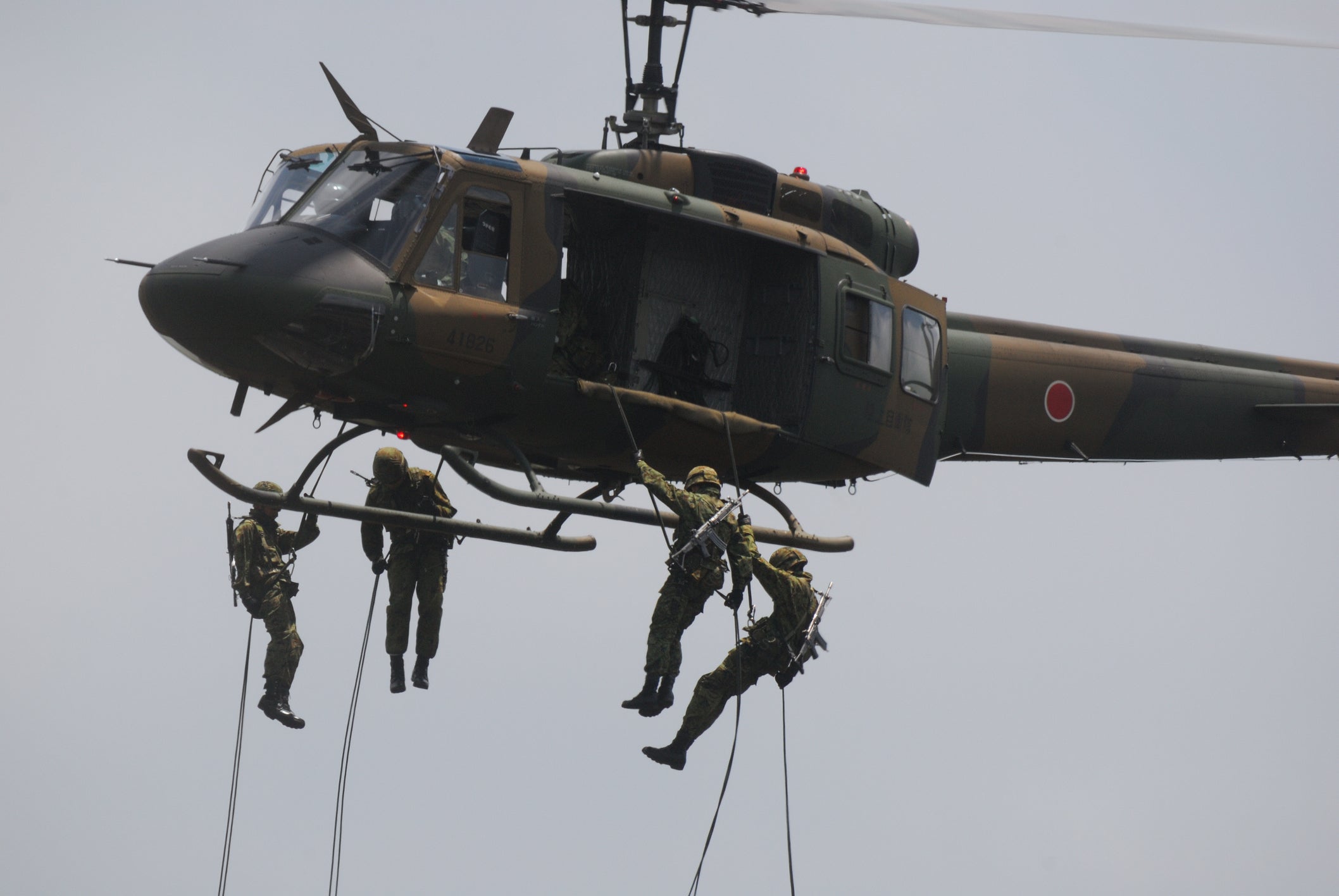How to properly use a fire extinguisher in the event of a fire
table of contents
Introduction
1. Types of fire extinguishers
2.PASS principle
3. Pay attention to safety
4. Practice and training
summary
Introduction
Fires are very dangerous and scary events, but by knowing how to use a fire extinguisher properly, you can quickly extinguish the fire and minimize damage. This article provides details on how to properly use a fire extinguisher in the event of a fire. Understand the basic steps to extinguish a fire so you can deal with it safely.
1. Types of fire extinguishers
1-1 ABC fire extinguisher (multipurpose fire extinguisher)
①A class
A fire extinguisher for dealing with common flammable materials such as wood, paper, cloth, and plastic.
②B class
A fire extinguisher for dealing with liquids and flammable gases such as oil, gasoline, paint, and gas.
③C class
A fire extinguisher for fighting electrical fires. It does not require water and is safe to use on electrical equipment.
1-2 BC fire extinguisher (for liquid and gas fires)
B class
A fire extinguisher specialized for liquid and flammable gas fires, more effective than regular BC fire extinguishers.
1-3 D fire extinguisher (for metal fires)
①D class
Fire extinguishers for fighting metal fires (magnesium, lithium, etc.), using special extinguishing media.
②K fire extinguisher (for kitchen)
This fire extinguisher is specially designed for fires caused by oil and fat in the kitchen. Especially used in commercial kitchens and restaurants. Extinguishing media are generally chemically treated liquids.
These fire extinguishers use different extinguishing media to deal with different fire types. Fire extinguishers are generally labeled by class and should be used for fires that match the class indicated on the label.
2.PASS principle
PASS principle
2-1 Pull
The first step is to pull the fire extinguisher pin. This activates the fire extinguisher and allows it to release extinguishing media. The pin is usually attached to the fire extinguisher's handle and is removed by pulling. This step is to get the fire extinguisher ready for use.
2-2 Aim
Next, point the fire extinguisher nozzle at the fire source. Accurate aiming is important to effectively direct the extinguishing media to the origin of the fire. Properly aiming the nozzle at the fire source optimizes extinguishing media release and enhances fire suppression techniques.
2-3 Squeeze
Grasp the handle of the fire extinguisher. By continuing to hold the handle, the extinguishing medium will be released from the nozzle. While holding the handle during this step, watch for extinguishing media to be released from the extinguisher. Maintaining your grip is an important part of keeping the fire extinguisher operating.
2-4 Sweep
Finally, slowly swing the fire extinguisher nozzle from left to right, discharging the extinguishing medium over a wide area towards the fire source. This step will help prevent the spread of the fire and thoroughly cool and extinguish the fire source. Remember to use even shaking motions and aim directly at the fire source.
3. Pay attention to safety
3-1 Secure a safe escape route
The first priority is to ensure a safe escape route before using the fire extinguisher. If the fire is likely to spread and get out of control, evacuate immediately. It is important to ensure that the escape route is unobstructed by obstacles or smoke, and to confirm the evacuation route.
3-2 Consider wind direction
Be careful of the wind direction when using a fire extinguisher. If the wind is strong, using a fire extinguisher against the direction of the wind may spread the fire. Use the fire extinguisher from the windward side to prevent the wind from blowing at the fire source.
3-3 Choose the appropriate fire extinguisher
Choose the appropriate fire extinguisher depending on the type of fire. ABC extinguishers are a common type and can be used in many situations, but sometimes you may need an extinguisher for a specific fire class, such as a BC extinguisher, D extinguisher, or K extinguisher. Choose the right fire extinguisher and use it properly.
3-4 Report fire early
If you discover a fire, immediately report it to the appropriate fire department. Early fire notification is essential to enable a quick response and minimize fire damage. It is important to convey the exact location and situation when reporting.
3-5 Do not neglect inspection and maintenance of fire extinguishers
Fire extinguishers require regular inspection and maintenance. Check if the fire extinguisher is available and ensure it is filled with extinguishing medium and the pressure is normal. Defective fire extinguishers should be replaced immediately. Also, check your fire extinguisher after each use and refill or replace it if necessary.
4. Practice and training
4-1 Practice using a real fire extinguisher
The most effective method is to practice using a fire extinguisher using an actual fire extinguisher. It is recommended that this exercise be performed under the guidance of a professional instructor or firefighter. You can also attend fire extinguisher training sessions offered at fire stations and safety training facilities. By actually discharging extinguishing media and practicing the PASS principles, you will acquire skills that will enable you to respond to real-world scenarios.
4-2 Mock fire drill
Mock fire training is training to simulate realistic fire situations. This includes training to put out fires using fire extinguishers. Training sessions recreate elements such as smoke, heat and noise, allowing participants to gain experience in using fire extinguishers in situations similar to a real fire. This improves your ability to behave appropriately under stress.
4-3 Online training
The internet is full of online training resources on how to use fire extinguishers. Learn how to use a fire extinguisher through video tutorials and interactive courses. These resources will help you acquire basic knowledge, but it is preferable to combine them with practical training.
4-4 Regular review
Even after learning how to use a fire extinguisher, it is important to review it regularly. Keep your skills up to date by attending regular training sessions and mock fire drills. Also, don't forget to get proper training if you install a new fire extinguisher or make any changes.
summary
Fires are scary events, but if you know how to use a fire extinguisher correctly, you can minimize the damage. By understanding the types of fire extinguishers, acting according to the PASS principles, and paying attention to safety, you can effectively extinguish fires and protect lives and property. It is important to practice using a fire extinguisher and always have it ready.







